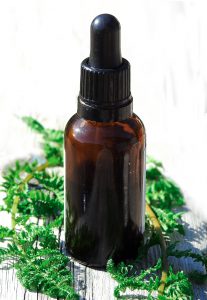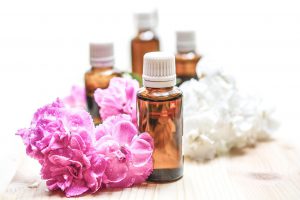
Last week, I dedicated the latest oily spotlight to tea tree essential oil. This was for good reason. Melaleuca alternifolia is well-known for its efficacy, versatility, and scientific validation for a wide range of applications. Perhaps this is why this essential oil has stolen the hearts of many famous aromatherapists.
Recently, another Melaleuca caught my attention, M. ericifolia. I was struck by the unique combination of constituents and overlooked properties of this myrtle family member.
In my latest article, I reveal what these two compounds are and how this “lavender tea tree” oil appropriately got its nickname. I also provide uses and discuss how variations in percentages of them could change potential uses.
Intrigued?
Click here to access my latest article!
Interested in Learning More About Essential Oils Or a Consult with Me?

Learn More and/or Sign Up Now to Be on My Waiting List!
Want to Learn More About Essential Oils and/or Working with Me as a Client?
Visit my website here and make sure to sign up for my mailing list!
This material is for information purposes only and is not intended to diagnose, treat, or prescribe for any illness. You should check with your doctor regarding implementing any new strategies into your wellness regime. These statements have not been evaluated by the FDA. (Affiliation link.)
Disclaimer: This information is applicable ONLY for therapeutic quality essential oils. This information DOES NOT apply to essential oils that have not been tested for purity and standardized constituents. There is no quality control in the United States, and oils labeled as “100% pure” need only to contain 5% of the actual oil. The rest of the bottle can be filled with fillers and sometimes toxic ingredients that can irritate the skin. The studies are not based solely on a specific brand of an essential oil, unless stated. Please read the full study for more information.



